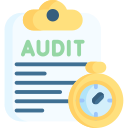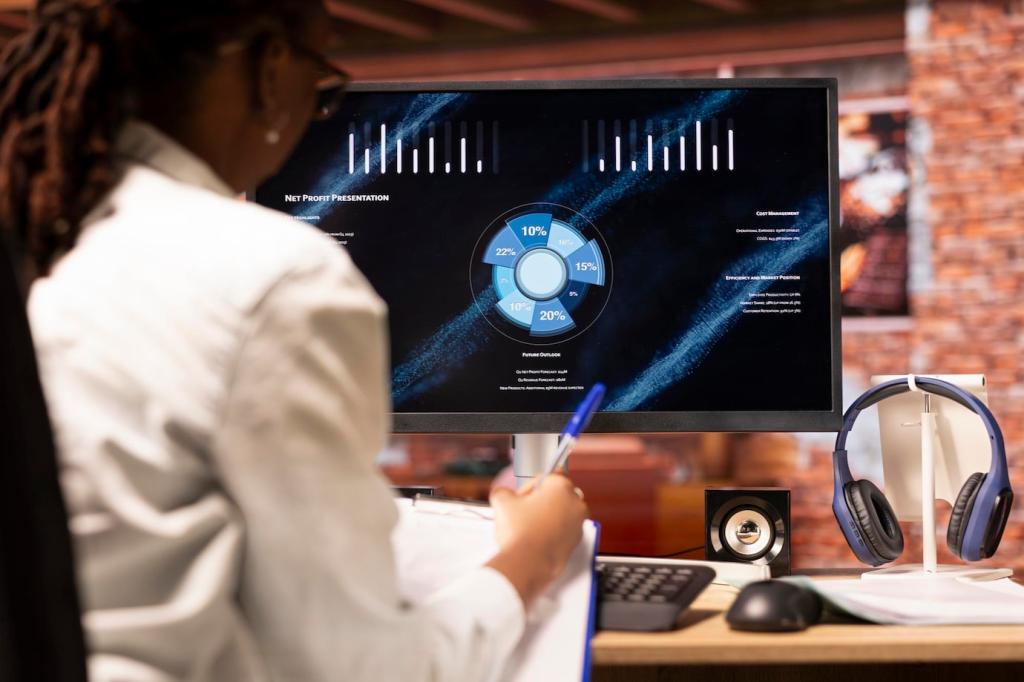Evidence Collection That Stands Up to Scrutiny
Use a shared folder structure or a secure evidence vault, organized by control ID and date. Standard tags—system, environment, owner—make retrieval fast during reviews. We once saved a week by tagging evidence with ticket numbers, linking approvals directly to each control’s operating period.
Evidence Collection That Stands Up to Scrutiny
Capture golden configurations and expected log patterns before testing. A baseline clarifies what “normal” looks like, preventing false positives and missed exceptions. Export key settings, keep version histories, and record environment notes. Auditors and engineers both relax when the target state is defined early.



